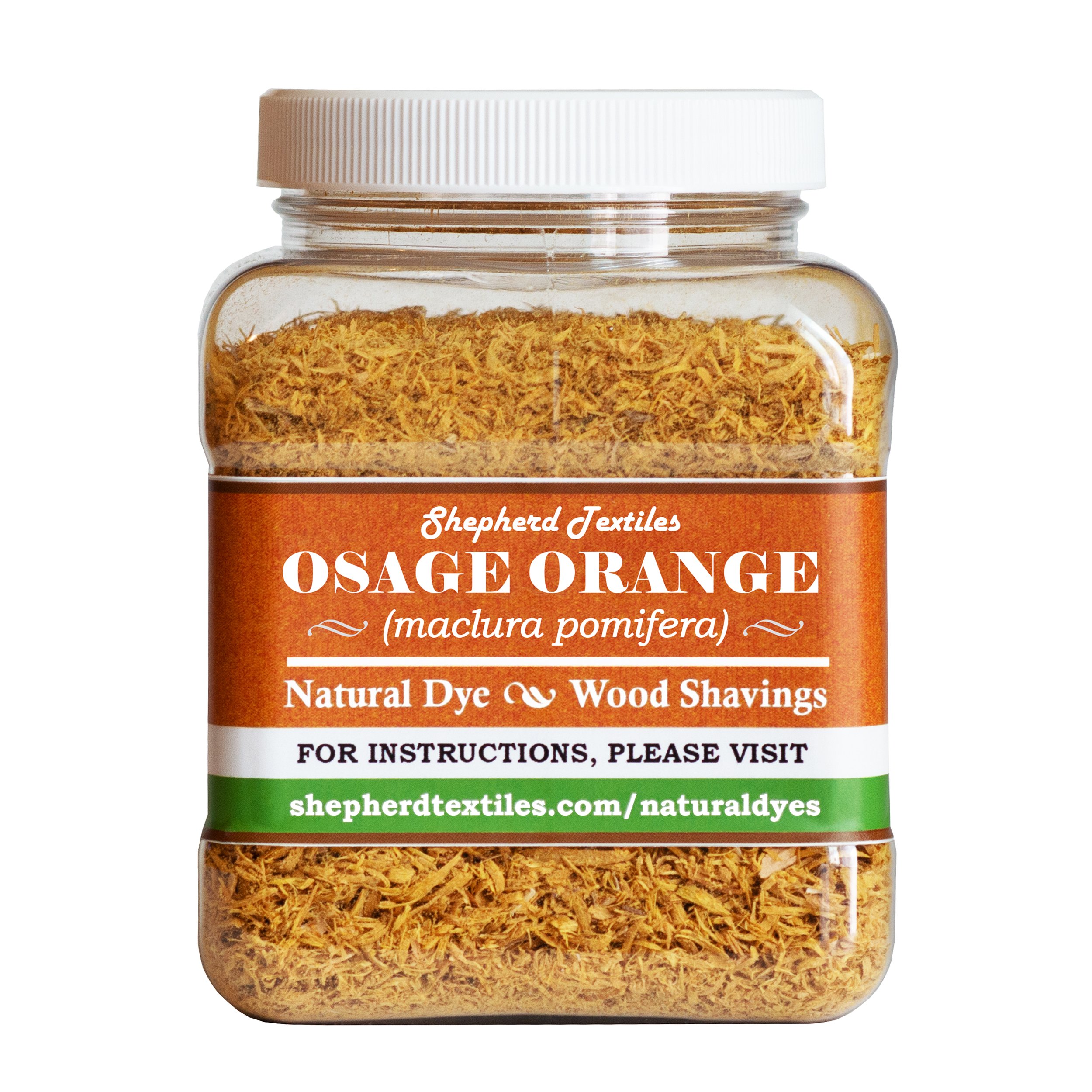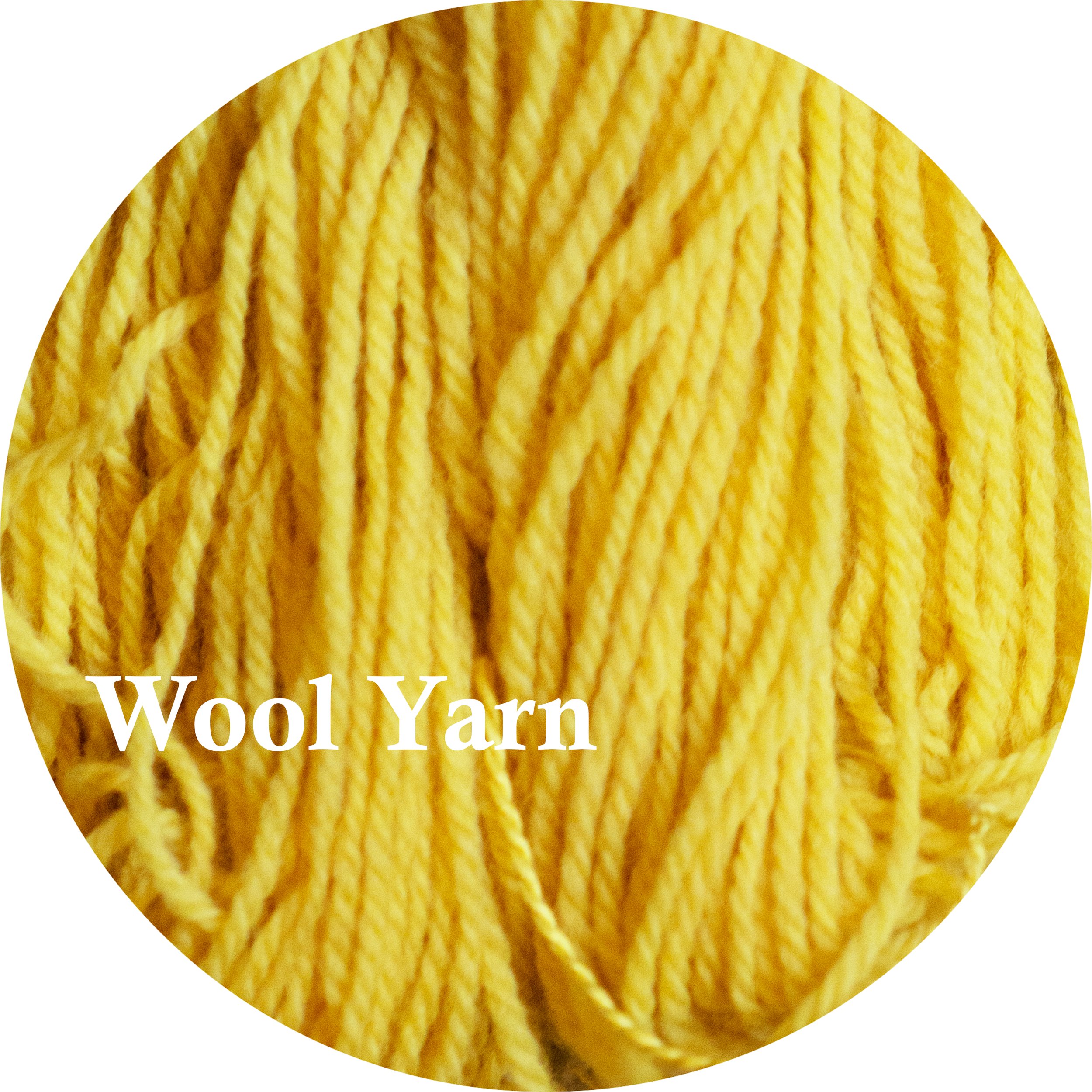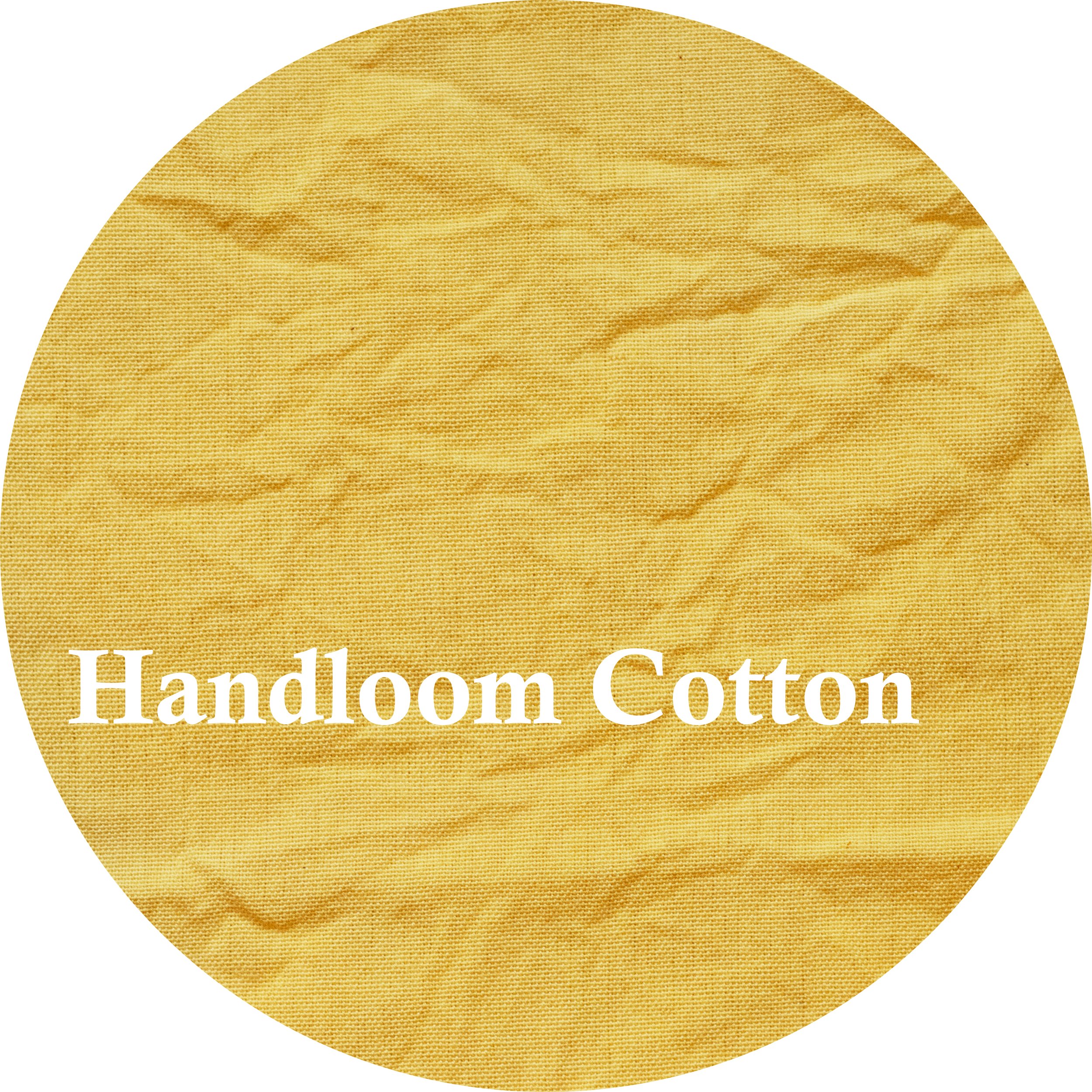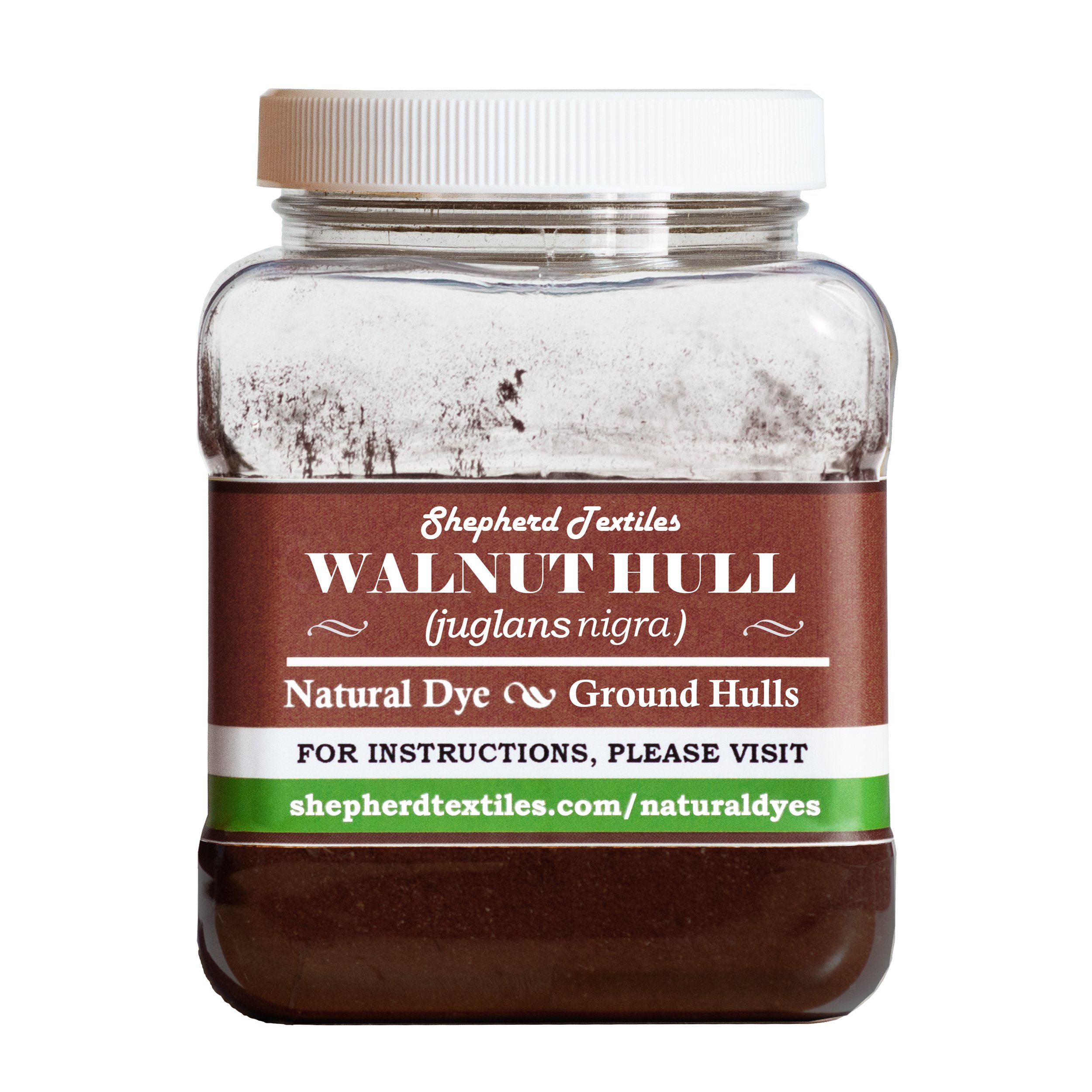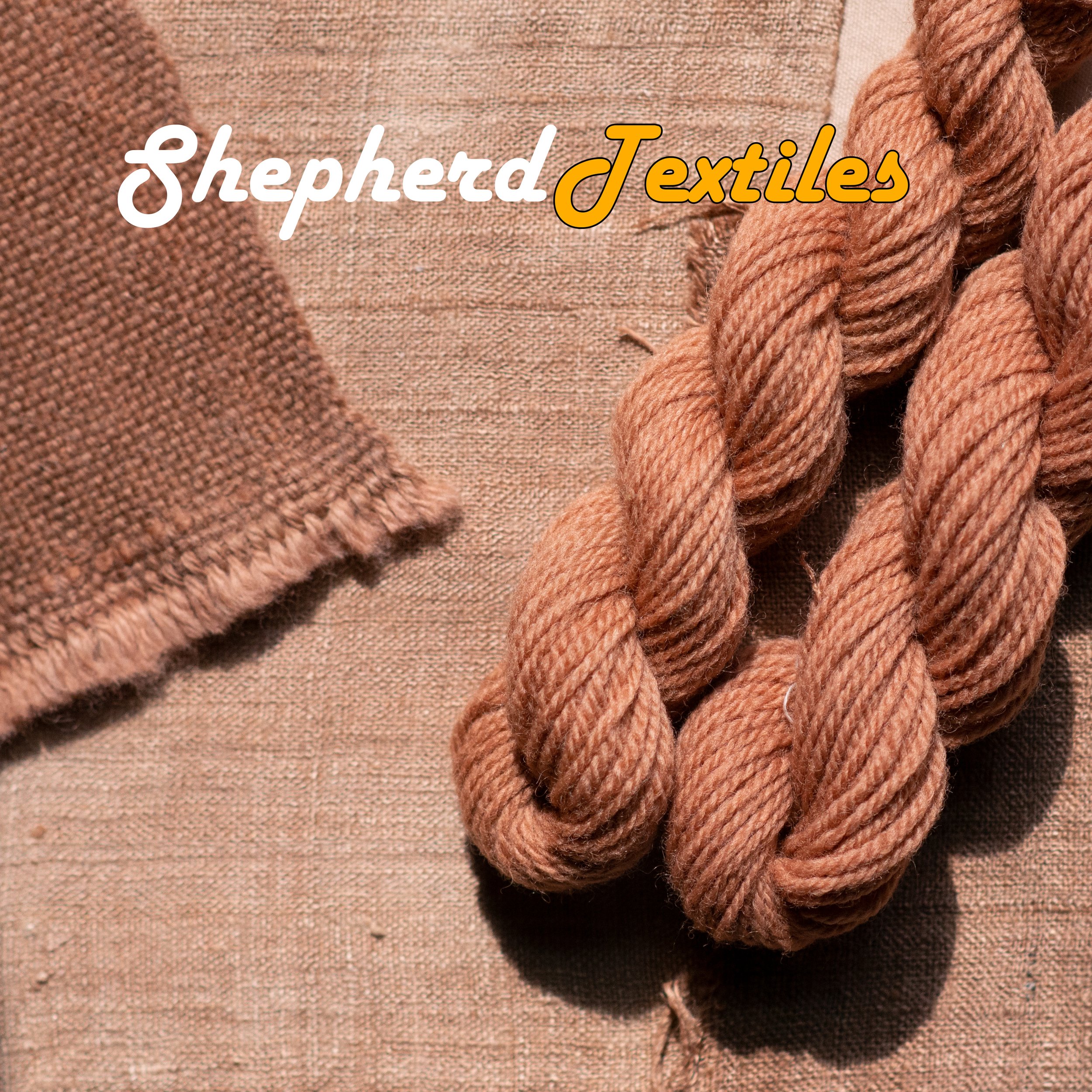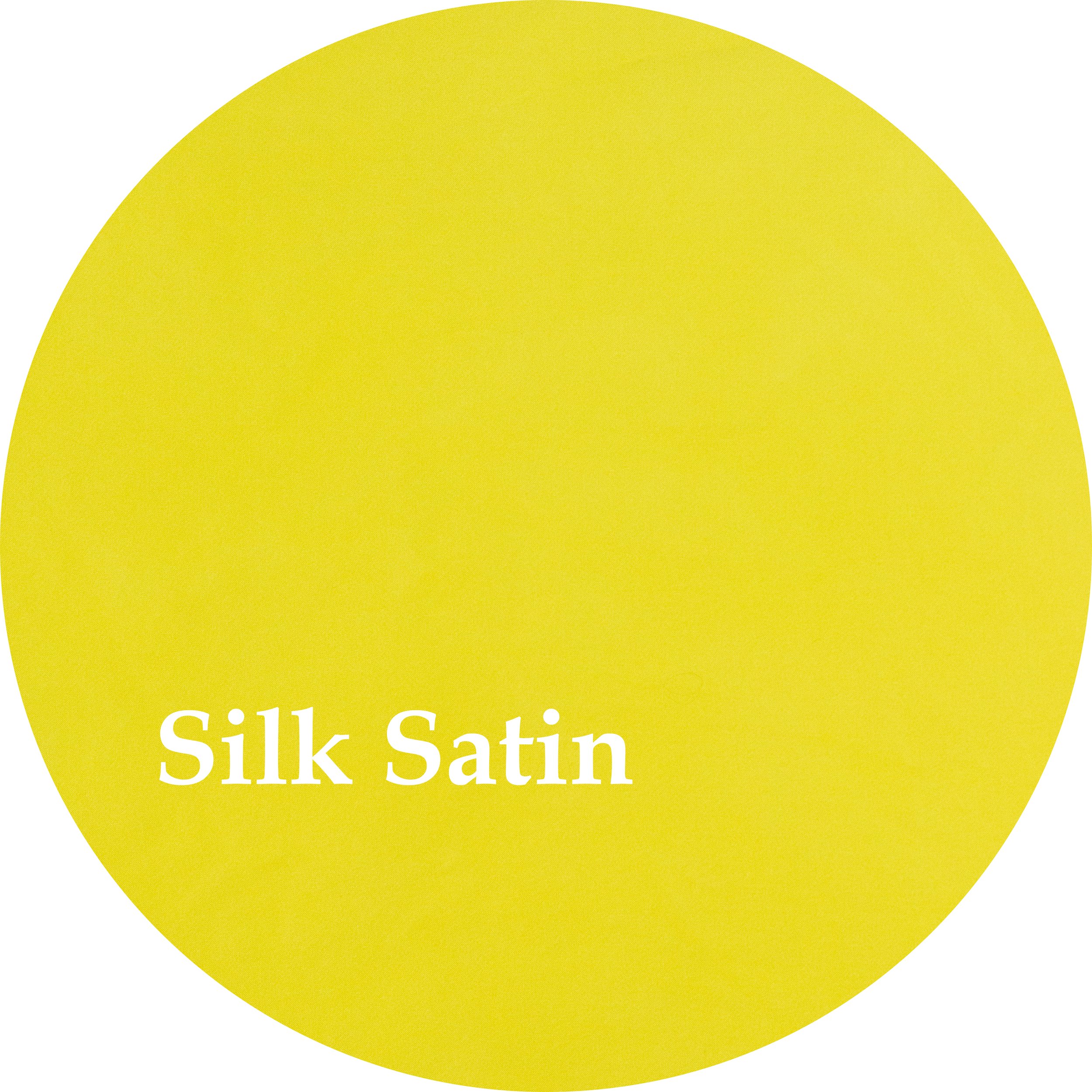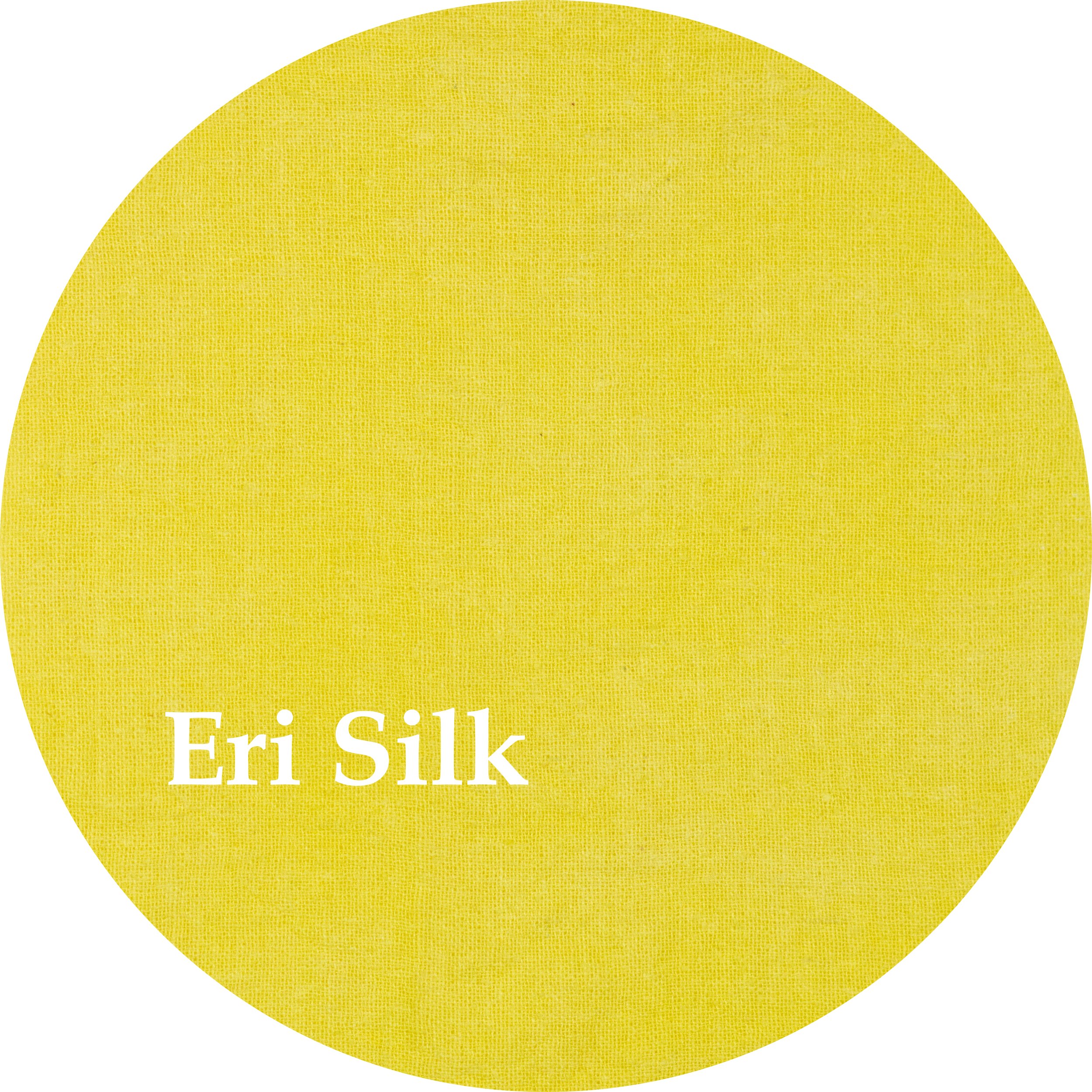 Image 1 of 2
Image 1 of 2

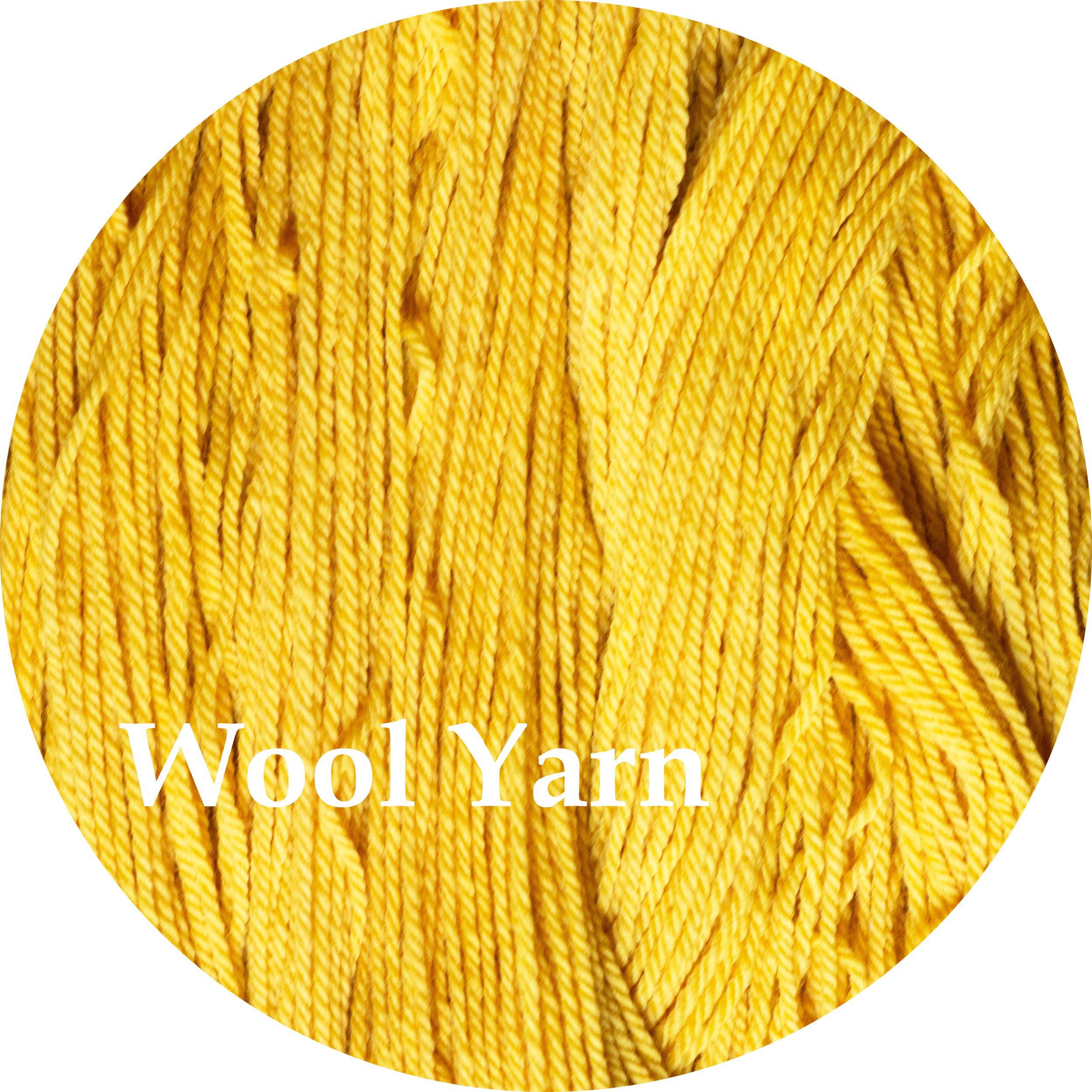 Image 2 of 2
Image 2 of 2



Old Fustic Natural Dye
Shepherd Textiles Old Fustic Natural Dye contains wood chips from the heartwood of maclura tinctoria, a mulberry tree native to the tropical regions of the Americas. The wood contains a pigment called morin that produces beautiful yellow and orange-yellow shades, especially on wool and silk. Old Fustic was vitally important to the dyeing industry before the invention of coal-tar colors in the latter half of the 19th century, and thousands of tons were exported annually to Europe and the United States for use dyeing yellows and compound colors like brown and black. Today Old Fustic is mostly forgotten, which is unfortunate because it produces some excellent warm yellow-orange shades. Our Old Fustic is high-quality heartwood that produces clear yellows at 40% weight-of-fabric, or darker gold shades with 100% weight-of-fabric on properly dyed fiber.
Note that Old Fustic is rich in natural tannins that can cause fibers to turn brown if they are dyed at too high of a temperature or for too long. We recommend keeping the dyebath within a range of 180°F-200°F, and dyeing for no more than an hour. For more information, including extraction instructions and several historical color recipes, check our our Guide to Dyeing With Old Fustic Chips. Also note that Old Fustic chips produce good results on protein fibers, but for cotton we recommend using Old Fustic Extract instead.
Product of Brazil.
Shepherd Textiles Old Fustic Natural Dye contains wood chips from the heartwood of maclura tinctoria, a mulberry tree native to the tropical regions of the Americas. The wood contains a pigment called morin that produces beautiful yellow and orange-yellow shades, especially on wool and silk. Old Fustic was vitally important to the dyeing industry before the invention of coal-tar colors in the latter half of the 19th century, and thousands of tons were exported annually to Europe and the United States for use dyeing yellows and compound colors like brown and black. Today Old Fustic is mostly forgotten, which is unfortunate because it produces some excellent warm yellow-orange shades. Our Old Fustic is high-quality heartwood that produces clear yellows at 40% weight-of-fabric, or darker gold shades with 100% weight-of-fabric on properly dyed fiber.
Note that Old Fustic is rich in natural tannins that can cause fibers to turn brown if they are dyed at too high of a temperature or for too long. We recommend keeping the dyebath within a range of 180°F-200°F, and dyeing for no more than an hour. For more information, including extraction instructions and several historical color recipes, check our our Guide to Dyeing With Old Fustic Chips. Also note that Old Fustic chips produce good results on protein fibers, but for cotton we recommend using Old Fustic Extract instead.
Product of Brazil.













